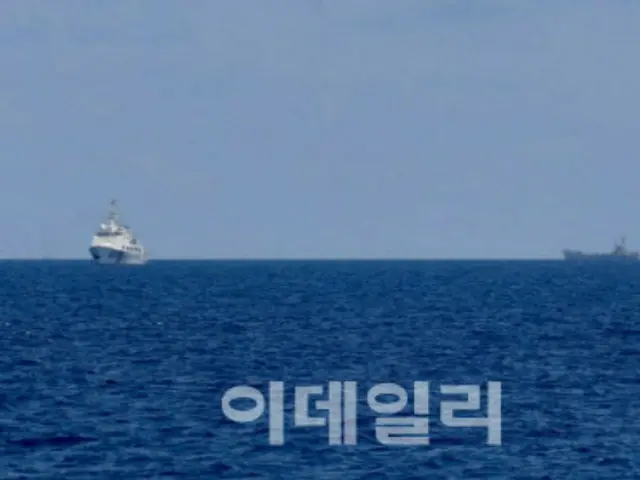expressed. On this day, the IAEA announced in a press release, ``Local IAEA experts have confirmed that the concentration of tritium in treated water discharged into the ocean is at a level far lower than the Japanese standard.
I have confirmed it.” The IAEA task force, which continuously examines the safety of treated water releases, has reported that the release process is proceeding as planned without any technical problems.
"I have," he added. Data on ocean releases provided by Tokyo Electric Power Company in real time to the IAEA also shows that the concentration of tritium in diluted treated water was below 1 liter as of 7:50 p.m.
It was found to be 188 becquerels per torr. This is far lower than the Japanese standard of 1,500 becquerels per liter.
This value is lower than the standard value compared to other international safety standards. Drinking water recommended by the World Health Organization (WHO)
The standard value for tritium concentration considered suitable for this is 10,000 becquerels per liter. Starting in August, Japan will send contaminated water from the Fukushima Daiichi nuclear power plant to the sea through a treatment process called ALPS.
After diluting it with water, it is released into the ocean.
2023/11/03 07:02 KST
Copyrights(C) Edaily wowkorea.jp 107

